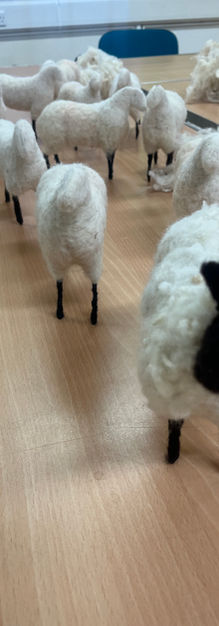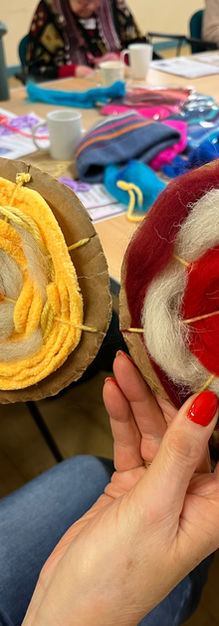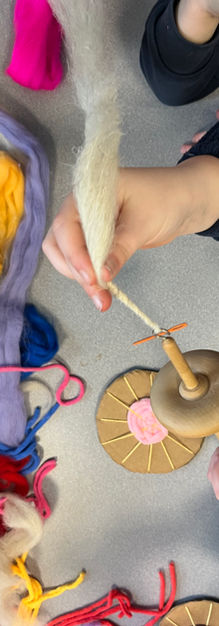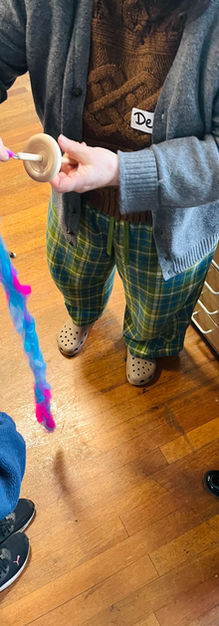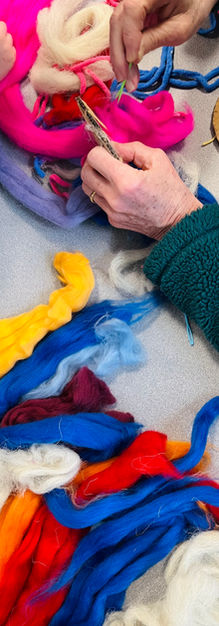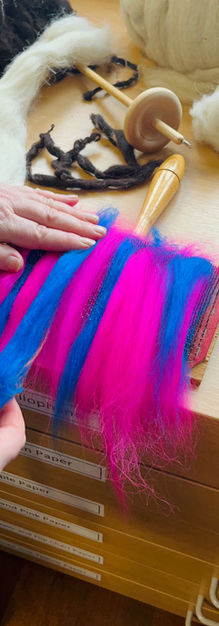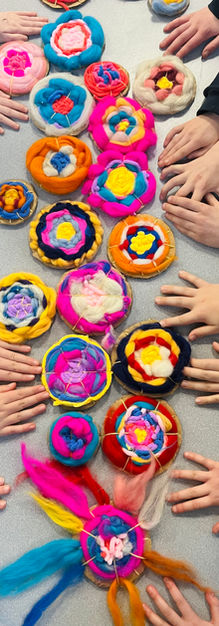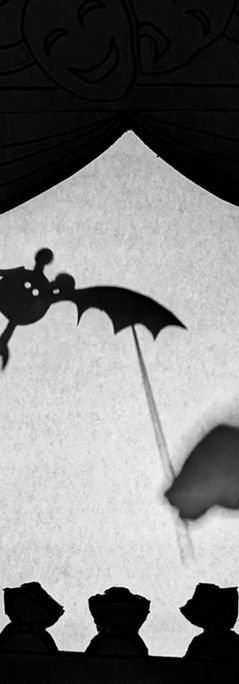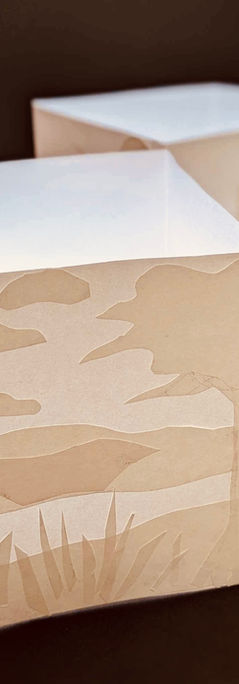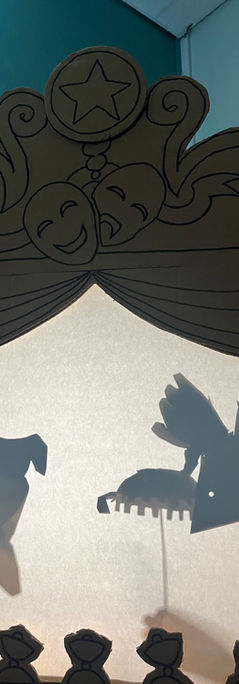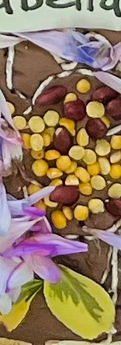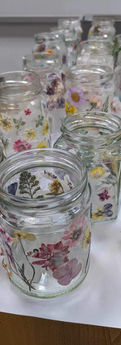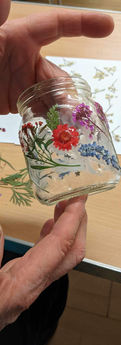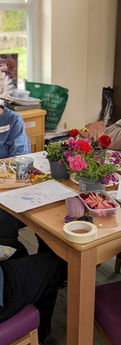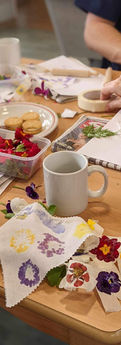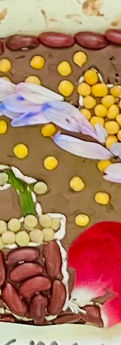
RECENT PROJECTS










Shadow and Light Extravaganza project.
Creating an interactive exhibition of paper lanterns, Shadow puppets and a light stage with puppets available for people to interact with and create their own scenes of shadow and light. Working with a few different age groups or community groups to create our own dancing shadow puppet characters, paper lanterns decorated with scenes from our chosen stories and a stage for others to play upon.
Shadow puppetry is at least 2000 years old and is belived to have likely originated in Central Asia-China or in India in the 1st millennium.
The first shadow puppets were likely made out of animal hides. Since they were strong and flexible, they allowed the puppeteer to move the puppet easily to create the desired effects on the screen. Leather is still a popular material used to make shadow puppets today.
From fierce dragons to legendary gods and heroes, shadow puppets are known for their portrayal of mythical beings. These characters come alive on the screen, captivating the audience’s imagination.
Home is Heritage
Well dressing Project.

Home is Heritage - Well dressing and Heritage crafts.
A Tactile, sensory and assessable project, learning, teaching, passing on heritage crafts and techniques, while sharing our personal roots, the place we live the plants that grown there and the homes where we lay our head. All explored through heritage crafts and techniques made assessable at all. Looking at ‘well dressing’, flower pressing, printing using local flowers and plants.
During this project we worked alongside adults from The Bridgewood Trust Armitage Bridge and Enfield Down Honley. We also work with the fab kids from Holmfirth Junior, Infant and Nursery School and Hepworth Junior and Infant School.
We finished this project with a week of well dressing at Holmfirth Parish Church which was open to the public for any one to come and have a go. We exhibited our final well dressing on the wondow sills at the from of the church.
A big Thank you to our funders - Awards for All - lottery, Common Good, Central England Coop and Darkwoods coffee.







